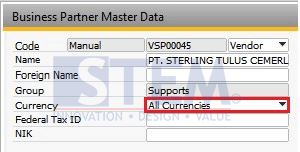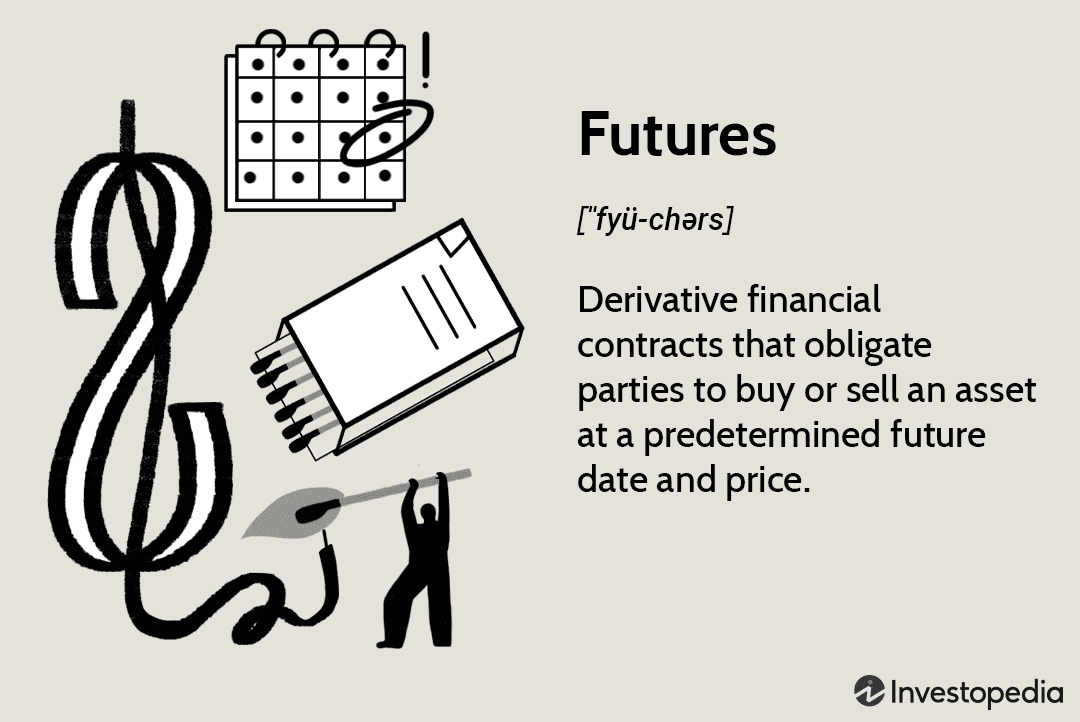
This article will help you figure out how to dollar-cost-average your investments. Here you will learn how to establish a DCA, the benefits and disadvantages of this method, as well how to implement it. Learn more. It was originally published as an article on eHow.com. The author granted permission to republish it. While this article will focus on DCA for 401k plans, it is applicable to all retirement accounts.
Create a 401k Plan
You are contributing a steady percentage of your income each month to your retirement account when you set up your plan for 401(k). This money is automatically taken out of your paycheck each pay period. It's invested in stocks or bonds and ETFs. This strategy might work well for some investors. But, more experienced investors tend to diversify their portfolios.

A 401(k) plan can help you set up a plan to dollar-cost average. This type allows investors to make small, consistent investments. It reduces psychological stress and maximizes upside potential. Although this can work well as a long-term investment strategy, it may increase the risk of investing stocks. It is an effective way to invest long-term and can yield excellent returns.
Disadvantages of dollar-cost averaging
Dollar-cost analysis is a great option to reduce emotion in your investment decisions. This encourages you to make regular investments, save more money and develop a routine of investing. All of these things contribute to your liquid net wealth. However, there are some downsides to dollar cost averaging. Here are some of the downsides to be aware of before implementing this strategy.
Dollar-cost averaging has a disadvantage in that it does not account for transaction fees or commissions. Broker commissions are due to investors because it involves the purchase and sale of securities on a consistent basis. Broker commissions could significantly reduce your profits making dollar-cost Averaging unprofitable. It is important to understand the benefits and drawbacks to dollar-cost average before you invest in stocks.
Steps to Implementing a DCA Program
A dollar-cost average plan is a great way to avoid the timing risk of investing by making periodic purchases over a long period of time. Dollar-cost average investing is riskier than investing one lump sum. But it can produce higher long-term returns. Important is the timeframe because brokerage fees are often tied directly to each investment. A volatile market can also lead to lower returns and higher costs.

In a 401k plan, dollar-cost averaging is implemented by selecting a regular percentage and amount for investing. You can choose from a variety of mutual funds as your investment choice. Some investors opt to double-down in the event that a particular investment loses value. This decreases the average price. Steps for implementing a dollar average plan
FAQ
What is a bond?
A bond agreement between two people where money is transferred to purchase goods or services. It is also known by the term contract.
A bond is usually written on paper and signed by both parties. This document includes details like the date, amount due, interest rate, and so on.
The bond is used when risks are involved, such as if a business fails or someone breaks a promise.
Bonds are often used together with other types of loans, such as mortgages. This means that the borrower must pay back the loan plus any interest payments.
Bonds can also help raise money for major projects, such as the construction of roads and bridges or hospitals.
It becomes due once a bond matures. That means the owner of the bond gets paid back the principal sum plus any interest.
Lenders lose their money if a bond is not paid back.
Is stock a security that can be traded?
Stock can be used to invest in company shares. This is done by a brokerage, where you can purchase stocks or bonds.
You can also invest in mutual funds or individual stocks. There are actually more than 50,000 mutual funds available.
There is one major difference between the two: how you make money. Direct investment allows you to earn income through dividends from the company. Stock trading is where you trade stocks or bonds to make profits.
Both of these cases are a purchase of ownership in a business. You become a shareholder when you purchase a share of a company and you receive dividends based upon how much it earns.
Stock trading is a way to make money. You can either short-sell (borrow) stock shares and hope the price drops below what you paid, or you could hold the shares and hope the value rises.
There are three types stock trades: put, call and exchange-traded funds. Call and put options allow you to purchase or sell a stock at a fixed price within a time limit. ETFs are similar to mutual funds, except that they track a group of stocks and not individual securities.
Stock trading is a popular way for investors to be involved in the growth of their company without having daily operations.
Stock trading is a complex business that requires planning and a lot of research. However, the rewards can be great if you do it right. This career path requires you to understand the basics of finance, accounting and economics.
Why is a stock security?
Security is an investment instrument, whose value is dependent upon another company. It can be issued as a share, bond, or other investment instrument. If the asset's value falls, the issuer will pay shareholders dividends, repay creditors' debts, or return capital.
Statistics
- US resident who opens a new IBKR Pro individual or joint account receives a 0.25% rate reduction on margin loans. (nerdwallet.com)
- For instance, an individual or entity that owns 100,000 shares of a company with one million outstanding shares would have a 10% ownership stake. (investopedia.com)
- "If all of your money's in one stock, you could potentially lose 50% of it overnight," Moore says. (nerdwallet.com)
- The S&P 500 has grown about 10.5% per year since its establishment in the 1920s. (investopedia.com)
External Links
How To
How to Open a Trading Account
It is important to open a brokerage accounts. There are many brokers on the market, all offering different services. Some have fees, others do not. Etrade is the most well-known brokerage.
Once your account has been opened, you will need to choose which type of account to open. Choose one of the following options:
-
Individual Retirement Accounts, IRAs
-
Roth Individual Retirement Accounts
-
401(k)s
-
403(b)s
-
SIMPLE IRAs
-
SEP IRAs
-
SIMPLE 401(k)s
Each option offers different advantages. IRA accounts are more complicated than other options, but have more tax benefits. Roth IRAs give investors the ability to deduct contributions from taxable income, but they cannot be used for withdrawals. SEP IRAs are similar to SIMPLE IRAs, except they can also be funded with employer matching dollars. SIMPLE IRAs are very simple and easy to set up. They enable employees to contribute before taxes and allow employers to match their contributions.
Finally, you need to determine how much money you want to invest. This is the initial deposit. Most brokers will offer you a range deposit options based on your return expectations. Depending on the rate of return you desire, you might be offered $5,000 to $10,000. The lower end of the range represents a prudent approach, while those at the top represent a more risky approach.
You must decide what type of account to open. Next, you must decide how much money you wish to invest. There are minimum investment amounts for each broker. These minimum amounts can vary from broker to broker, so make sure you check with each one.
After you've decided the type and amount of money that you want to put into an account, you will need to find a broker. Before selecting a broker to represent you, it is important that you consider the following factors:
-
Fees - Make sure that the fee structure is transparent and reasonable. Many brokers will offer trades for free or rebates in order to hide their fees. However, some brokers charge more for your first trade. Don't fall for brokers that try to make you pay more fees.
-
Customer service - Find customer service representatives who have a good knowledge of their products and are able to quickly answer any questions.
-
Security - Choose a broker that provides security features such as multi-signature technology and two-factor authentication.
-
Mobile apps: Check to see whether the broker offers mobile applications that allow you access your portfolio via your smartphone.
-
Social media presence. Find out whether the broker has a strong social media presence. If they don’t, it may be time to move.
-
Technology - Does this broker use the most cutting-edge technology available? Is the trading platform intuitive? Are there any issues when using the platform?
Once you've selected a broker, you must sign up for an account. Some brokers offer free trials. Other brokers charge a small fee for you to get started. Once you sign up, confirm your email address, telephone number, and password. Next, you'll have to give personal information such your name, date and social security numbers. You'll need to provide proof of identity to verify your identity.
Once verified, you'll start receiving emails form your brokerage firm. You should carefully read the emails as they contain important information regarding your account. You'll find information about which assets you can purchase and sell, as well as the types of transactions and fees. Track any special promotions your broker sends. These could be referral bonuses, contests or even free trades.
The next step is to create an online bank account. An online account can be opened through TradeStation or Interactive Brokers. Both websites are great resources for beginners. When opening an account, you'll typically need to provide your full name, address, phone number, email address, and other identifying information. Once you have submitted all the information, you will be issued an activation key. This code will allow you to log in to your account and complete the process.
Now that you have an account, you can begin investing.